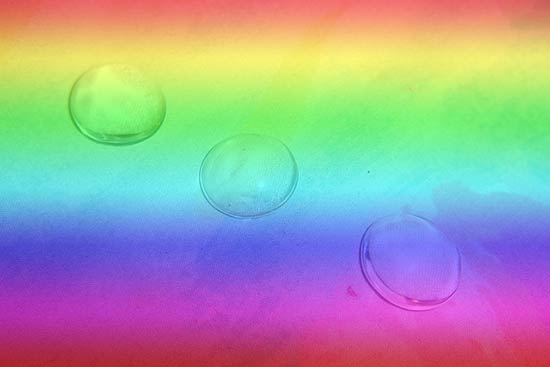Learn about various color models.
Author: Geetesh Bajaj
Product/Version: PowerPoint
OS: Microsoft Windows and Mac OS X
Color is something that we can all differentiate between. Most of us have little problem differentiating between red and blue, or even between red and pink. Color is also something that's been part of our lives, and part of our education system. Most of us learned about color before we learned the alphabet. Yet, as we grew, many of us forgot what a joy color can be!

One of the biggest joys of colors is mixing them! With paints, we can easily mix red and white to create pink, and also mix red and blue to create purple. Most of you may also remember that mixing blue and yellow creates green. Essentially, you can thus create any color you want to paint as long as you have three primary color tubes: red, blue, and yellow plus a tube each of black and white.
But colors do not mix the same way within our computer screens! To create green on your computer, you won't mix blue and yellow. In fact, rather bizarrely, you would mix equal portions of red and green to create yellow! That's so strange, and the reason for this strange state of affairs is because computer screens (even TV screens and all types of electronic devices) mix light sources to create colors rather than mixing pigment dyes. We all are used to mixing pigment dyes, and the resultant colors we see with our human eyes are dependent on the light sources that illuminate them. Thus the light source decides how we identify a particular color. But when light sources themselves become a source of color, everything changes!
To accommodate the different ways in which colors mix and form different colors, and also for several other reasons, there are different color models, which identify colors. There are several color models, as explained below:
Of course, the color models listed above are not exhaustive. But we choose these as the ones that you will encounter the most when you create presentation slides.
See Also:
Colors: Color Models (Index Page)
You May Also Like: Presentation Industry Standards: Conversation with Simon Morton | Saudi Arabia Flags and Maps PowerPoint Templates



Microsoft and the Office logo are trademarks or registered trademarks of Microsoft Corporation in the United States and/or other countries.